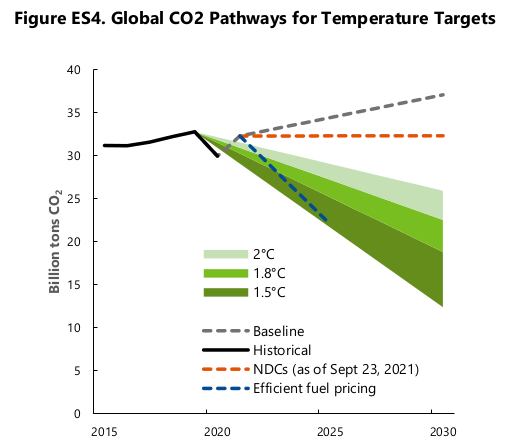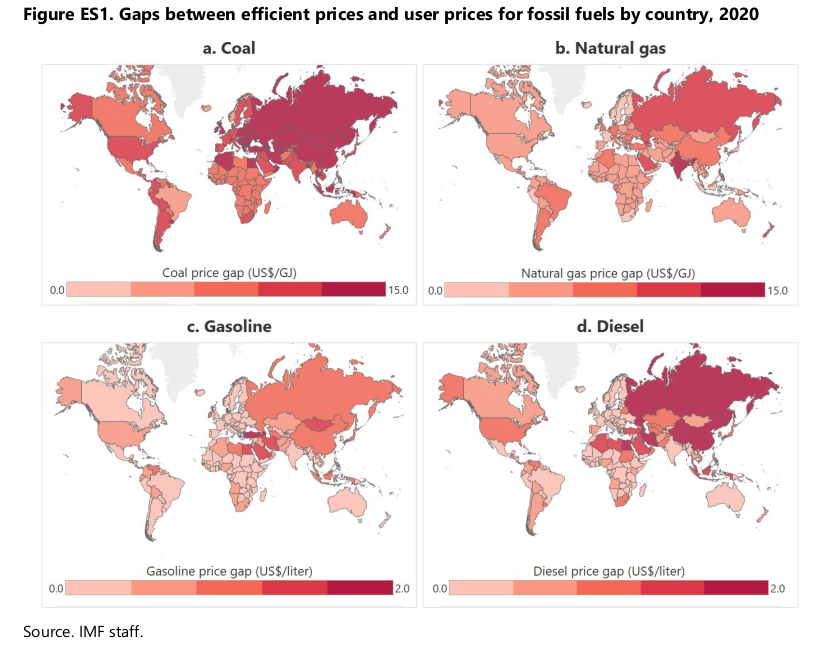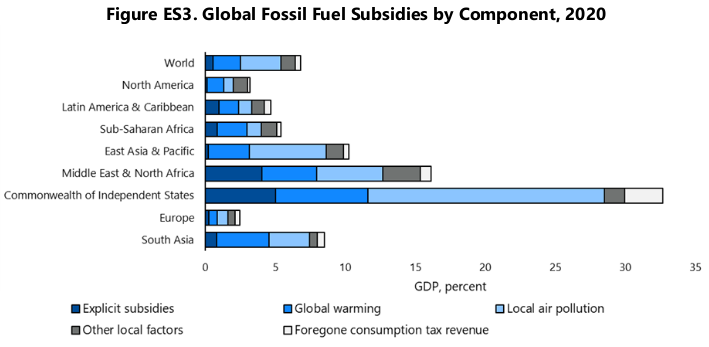
This is the first of a series that will look at and into the true cost of certain goods and services. Cash subsidies thereby is one component, but certainly not the only one relevant one – indirect subsidies (e.g. in the form of environmental degradation or similar) need to be considered also.
- The status quo: Whether the True Price of a good or service is, or not, aligned to foster sustainable development.
- The change required: What needs to change? And how can public money and true consumer prices play a role?
- The Plus: some of the unexpected insights from the past, the present or the potential future related to subsidies.
In this particular post, I’d like to focus on Oil & Gas subsidies, fossil fuels’ True Cost, and what we know about them. But to begin: a few relevant definitions are needed for the context given.
Relevant Definitions: What is a …?

Subsidy?
A subsidy (also called: government incentive) is a form of financial aid or support extended to an economic sector (business, or individual) generally with the aim of promoting economic and social policy. Although commonly extended from the government, the term subsidy can relate to any type of support – for example from NGOs or as implicit subsidies. Subsidies come in various forms including: direct (cash grants, interest-free loans) and indirect (tax breaks, insurance, low-interest loans, accelerated depreciation, rent rebates). (Source: Wikipedia)
Efficient Price?
An efficient price is a an investment theory concept that says that an asset price reflect the possession of all available information by all market participants in regards to the asset in question. (Source: Investopedia). Efficient Prices are what liberal economists would see as the the price of a good if no intervention of any kind (including: no subsidies) happen.
True Cost?
The True Cost is the difference between the market price of a commodity and the comprehensive cost of that commodity to society. The term is normally used to draw attention to missing or hidden costs that are not found in the market price, even though it could theoretically apply to hidden benefits as well. (Source: Ground Truth Trekking)
True Price?
A True Price is the market price plus the social and environmental costs of a product. (Source: True Price). In theoretical terms, the True Price of a good should be equivalent to its Efficient Price.
Fossil Fuel Subsidy?
A fossil fuel subsidy is any government action that lowers the cost of fossil fuel energy production, raises the price received by energy producers, or lowers the price paid by energy consumers. Essentially, it’s anything that adjusts the game in favour of fossil fuels compared to other energy sources. (Source: Price of Oil)
The most obvious subsidies are direct funding and tax giveaways, but there are many activities that count as subsidies – loans and guarantees at favourable rates, price controls, governments providing resources like land and water to fossil fuel companies at below-market rates, research and development funding, and more.
End-User Price?
End User Price means
the actual price by the end-user of a good or service.
It may
need further precision as it may inclusive or exclusive of e.g.
taxes, insurance and freight.
In colloquial terms it means the ‘price paid at point of sales’.
In Oil & Gas terms, in means the ‘price paid by fuel user’ e.g. when filling up at the petrol station. (Sources: Law Insider, IMF)
Oil & Gas Subsidies: The Status Quo
The evidence is crystal clear that fossil fuel subsidies are environmentally harmful and undermine global efforts to tackle climate change. Despite this, support for fossil fuels costs governments USD 300–600 billion every year – depending on fuel prices on the world markets – a huge sum that could otherwise be spent on global priorities such as health, education, social protection, and a just transition to a clean energy future.
But just how does the situation actually look like?
A working paper, published by the International Monetary Fund on 24th of September 2021, which reviews the status quo as per 2020, gives some very interesting, but also harrowing insights. And once more pinpoints the abism between the ‘True Cost’ of a resource such as fossil fuels, and the pink coloured glasses humanity – and its individual natural governments – wears in order pretend that all is fine.
In the following: the most interesting insights of the above mentioned report, as graphical illustration.
Insight 1: If fossil fuels were priced at their ‘True Price’, the world would be rapidly and easily aligned with the Paris Agreement’s climate trajectory.

Just as interesting is though the fact that the COP 26 expected outcomes from Glasgow as at September 2021 (in the above graphic denominated NDC for ‘National Determined Contributions) are a very far way of either what is needed, or indeed what a ‘true cost’ pricing of fossil fuel could achieve.
Insight 2: Not a single country on this planet prices fossil fuels at ‘True Price’

Insight 3: Subsidies are not always done in cash – and distribution patterns vary globally

Conclusion
It is rather interesting to look at this top line of fossil fuel subsidies as published by the IMF. More so as it is probably one of so far most accurate assessments when it comes to also include so far unaccounted costs for (denominated ‘indirect subsidies’), such as health care costs as a consequence of air pollution.
The calculations though make it also clear that we have to be quite careful – once we compare fossil fuels with renewables – to really compare apples with apples: The True Cost (or True Price, depending on perspective) normally is never calculated to its full extent, and one component or another is dropped because the numbers are not available.
In the above for example it is not clear whether environmental degradation due to the minding of fossil fuel is included or not. Hence, there is always a certain amount of statistical and mathematical wiggle room when comparing different goods and services, which does not help transparency and accuracy of the data available. This also applies to data related to energy generation.
We will see more of those challenges once we also dig into what we know in regards to True Cost and True Price of renewables.

